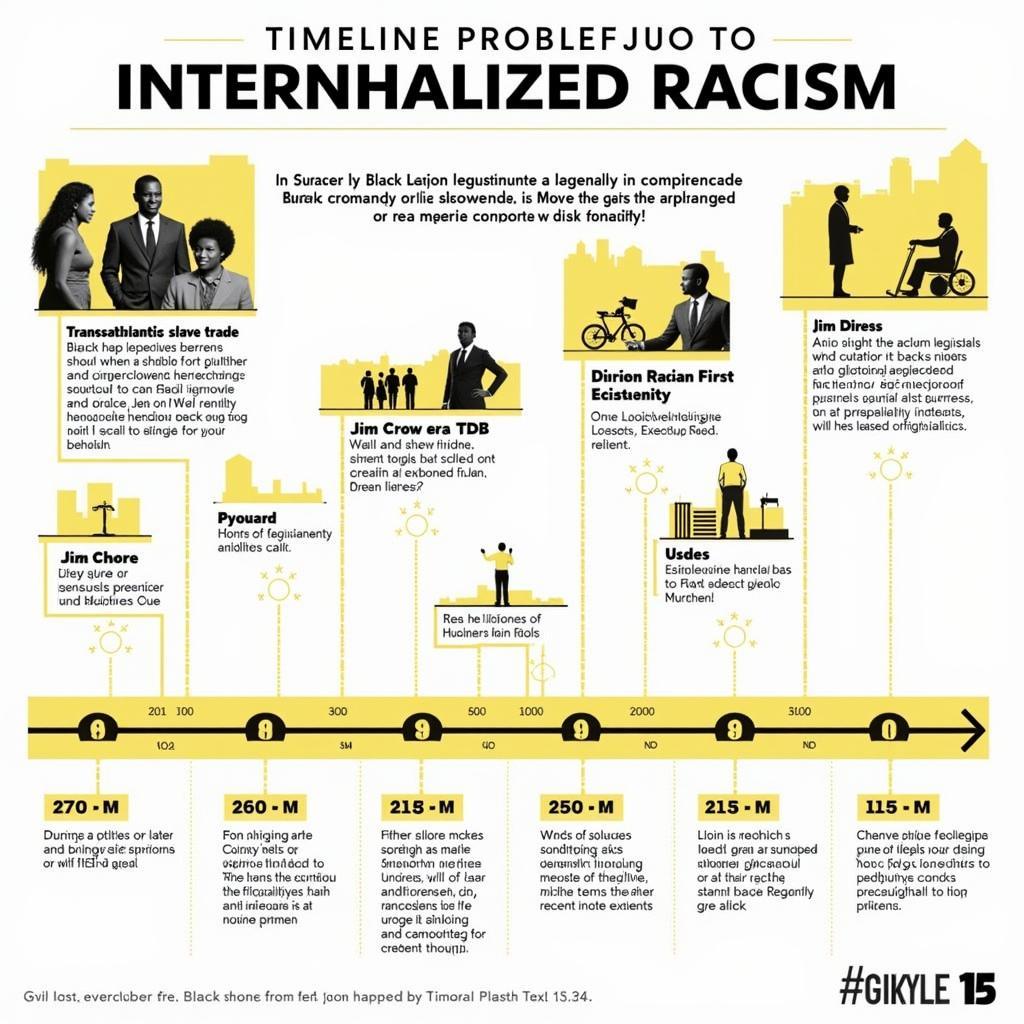A Journey Through Time: The African Dance Timeline
African dance is more than just movement; it’s a vibrant tapestry woven with the threads of history, spirituality, and cultural expression. Understanding the African Dance Timeline offers a captivating glimpse into the evolution of these traditions, from ancient rituals to contemporary performances. Exploring this timeline reveals not just the steps, but the stories and the soul of a continent.
The history of African dance is as rich and diverse as the continent itself. From ancient Egypt to modern-day Afrobeat, dance has played a vital role in African societies. Let’s embark on a journey through time, tracing the evolution of African dance and exploring its significance throughout history. See how the African Cradle has nurtured these dynamic traditions.
Ancient Rhythms: The Dawn of African Dance
Evidence suggests that dance existed in Africa as far back as prehistoric times. Cave paintings depict figures in poses that suggest ritualistic movement, and archaeological discoveries of musical instruments hint at early forms of dance accompanied by rhythmic sounds. These early dances were likely intertwined with spiritual beliefs, serving as a means of communication with the divine and celebrating life cycle events.
In ancient Egypt, dance played a significant role in religious ceremonies, royal celebrations, and social gatherings. Tomb paintings and hieroglyphics showcase a variety of dance styles, often accompanied by musicians playing harps, flutes, and drums. These depictions offer a fascinating insight into the movement vocabulary and cultural significance of dance in ancient Egyptian society.
Traditional Dances: A Reflection of Cultural Identity
Across the diverse regions of Africa, countless traditional dances have evolved, each reflecting the unique cultural identity of its people. From the energetic warrior dances of the Maasai in East Africa to the graceful movements of the Yoruba in West Africa, these dances are deeply embedded in social customs, storytelling, and spiritual practices. They serve as a powerful expression of community, heritage, and connection to the ancestors. You can learn more about related traditions in the African American theatre history.
The Influence of the Diaspora: African Dance Across the Globe
The transatlantic slave trade had a profound impact on the development of dance forms across the Americas and the Caribbean. African dance traditions, carried by enslaved people, were adapted and blended with European influences, giving rise to new styles such as capoeira in Brazil, cumbia in Colombia, and various forms of folk dance throughout the Caribbean. These dances serve as a testament to the resilience and creativity of African culture in the face of adversity. Discover the captivating journey of African American dancers and choreographers.
Contemporary African Dance: A Fusion of Tradition and Innovation
Today, contemporary African dance continues to evolve, embracing new influences while remaining deeply rooted in tradition. Choreographers are pushing boundaries, exploring themes of social justice, identity, and globalization through innovative movement vocabularies. African dance is flourishing on the global stage, captivating audiences with its dynamic energy and powerful storytelling. You might also be interested in learning about the history of African ballroom dance.
This journey through the African dance timeline offers a glimpse into the rich tapestry of movement, rhythm, and cultural expression that has shaped the continent’s history and continues to inspire artists and audiences worldwide.
Conclusion: The Ever-Evolving Story of African Dance
The African dance timeline is not a static record, but a living testament to the enduring power of movement and cultural expression. From ancient rituals to contemporary performances, African dance continues to evolve, reflecting the changing landscape of the continent and its people. Exploring this timeline is a journey of discovery, revealing the heart and soul of Africa through the language of dance. Read about the African American dance history timeline to further expand your knowledge.
FAQ
- What are the characteristics of traditional African dance?
- How has colonization impacted African dance traditions?
- What are some famous contemporary African dance companies?
- How is dance used to tell stories in African culture?
- What are the different regional styles of African dance?
- What is the role of music in African dance?
- How can I learn more about African dance?
More Questions and Resources
- Explore the influence of African dance on other dance forms around the world.
- Research the significance of masks and costumes in African dance traditions.
- Discover the role of dance in healing and spiritual practices in different African cultures.
For any support, please contact us at Phone Number: +255768904061, Email: [email protected] or visit our address: Mbarali DC Mawindi, Kangaga, Tanzania. We have a 24/7 customer service team.


